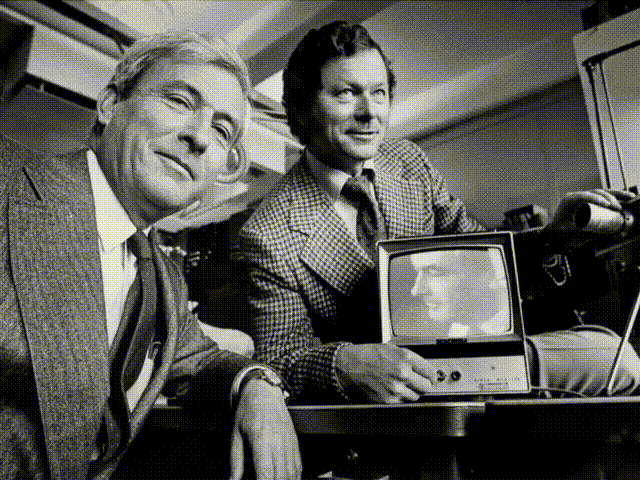
“
My career at Bell Telephone Labs thrived because of the environment, which encouraged cooperative research, offered opportunities for access to sophisticated equipment, and fellowship
Nowadays, everyone carries a phone, a computer, a calculator and of course a camera in their pocket. Each of these features of the smartphone started out as a standalone device. Before they could be combined, they had to be miniaturized. The required revolutions in digital electronics were driven by individual men and women, their hard won achievements wrung from long hours of technical work at the frontiers of their fields. One of those individuals was Canadian Willard Boyle, who helped lay the integrated circuit foundations for the digital camera.
Willard Sterling Boyle was born in Amherst, Nova Scotia, on August 19, 1924. While still young the family moved to a remote logging community in Sanmaur, Quebec. Homeschooled by his mother until he was 14, he completed high school at Lower Canada College in Montreal. His university education at McGill was interrupted by the Second World War. He joined the Royal Canadian Navy, then was seconded to the Royal Navy where he trained as a Spitfire pilot, learning to land on carriers. After the war he returned to McGill where he went on to complete a BSc, MSc and PhD in physics. A brief stint at the Canadian Radiation Laboratory was followed by employment at the famous Bell Labs in New Jersey.
His work at Bell Labs pushed the boundaries of science in many areas, hacking knowledge out of the wilderness of the unknown. It included the invention of the first continuously operating ruby laser, the selection of landing sites on the Moon for the Apollo missions, and the design of integrated circuits. It was this last focus that would lead to his Nobel Prize. Together with the American George E. Smith, Willard Boyle invented the Charge Coupled Device (CCD). On a fall afternoon in 1969 the two researchers came up with the concept “in about an hour” according to Smith. The 1970 paper that described the CCD to the world for the first time, listed one use that would have an enormous impact on the world: imaging.
A CCD is really just an array of capacitors, a basic component that does little more than store electrical charge. The electrical charge for each capacitor in the array is generated by photons striking the semiconductor device. Like all great inventions its brilliance was in its simplicity. After reading the paper introducing it, many were struck by how they too could have invented it, if only they had thought of it.
Six years later, in 1976, a KH-11 reconnaissance satellite would carry an 800 x 800 imaging CCD into space, allowing the satellite to peer down on Earth from orbit. The digital images it captured could be transmitted remotely and quickly to watchers on the ground, presaging our modern methods of sharing images from any part of the world to any other part instantaneously. As Boyle put it: "After making the first couple of imaging devices, we knew for certain that chemistry photography was dead.”
Born and raised in the Canadian wilderness, Willard Boyle’s scientific work displayed the unique combination of ingenuity and simplicity those who exist at the frontier have to have to survive. He retired from Bell Labs to Nova Scotia in 1979. Living there for the remainder of his life, he often displayed photos he took with his digital camera in art galleries. He was awarded the Nobel Prize for Physics in 2009 with George E. Smith, and passed away in 2011.

